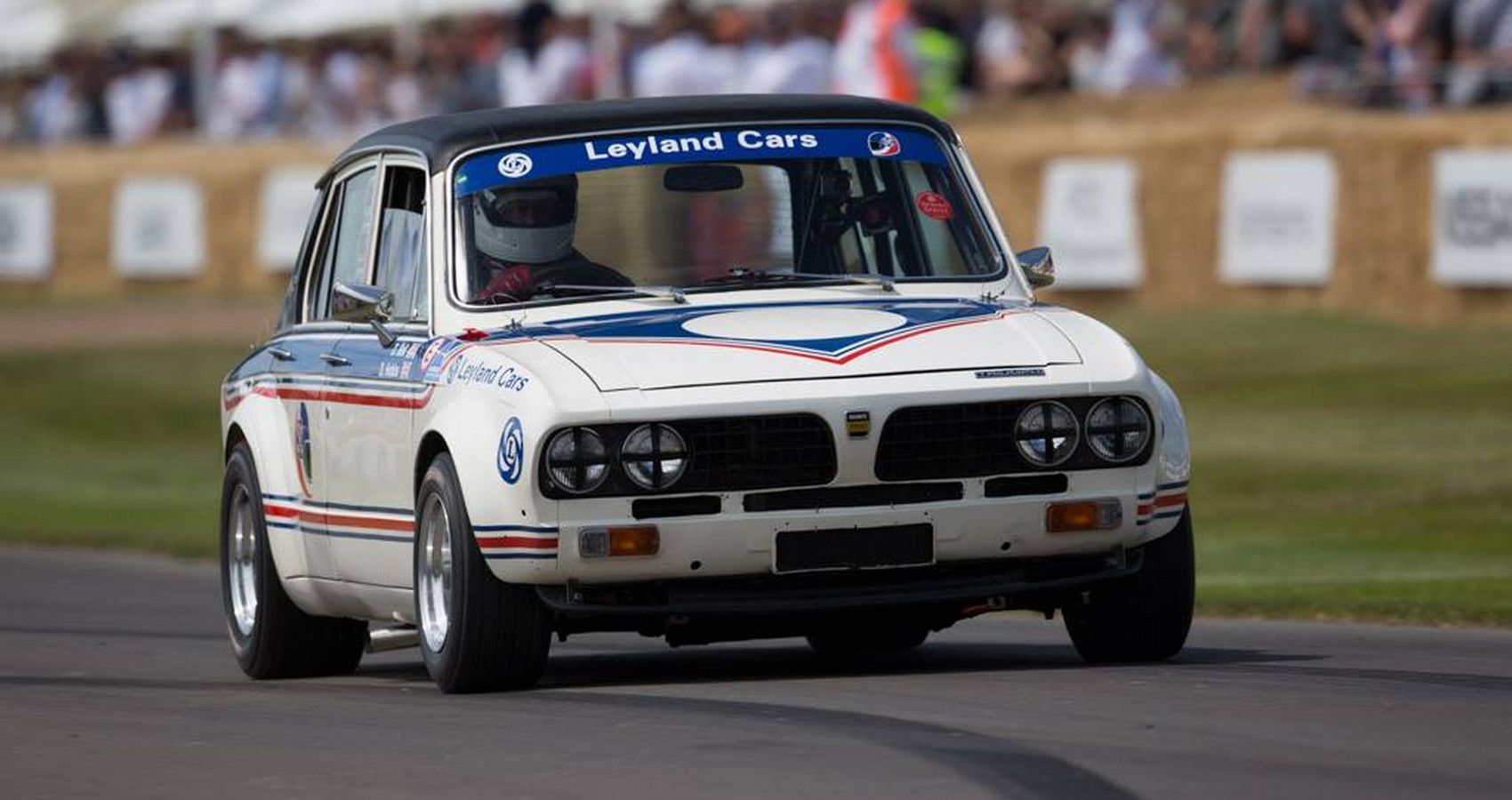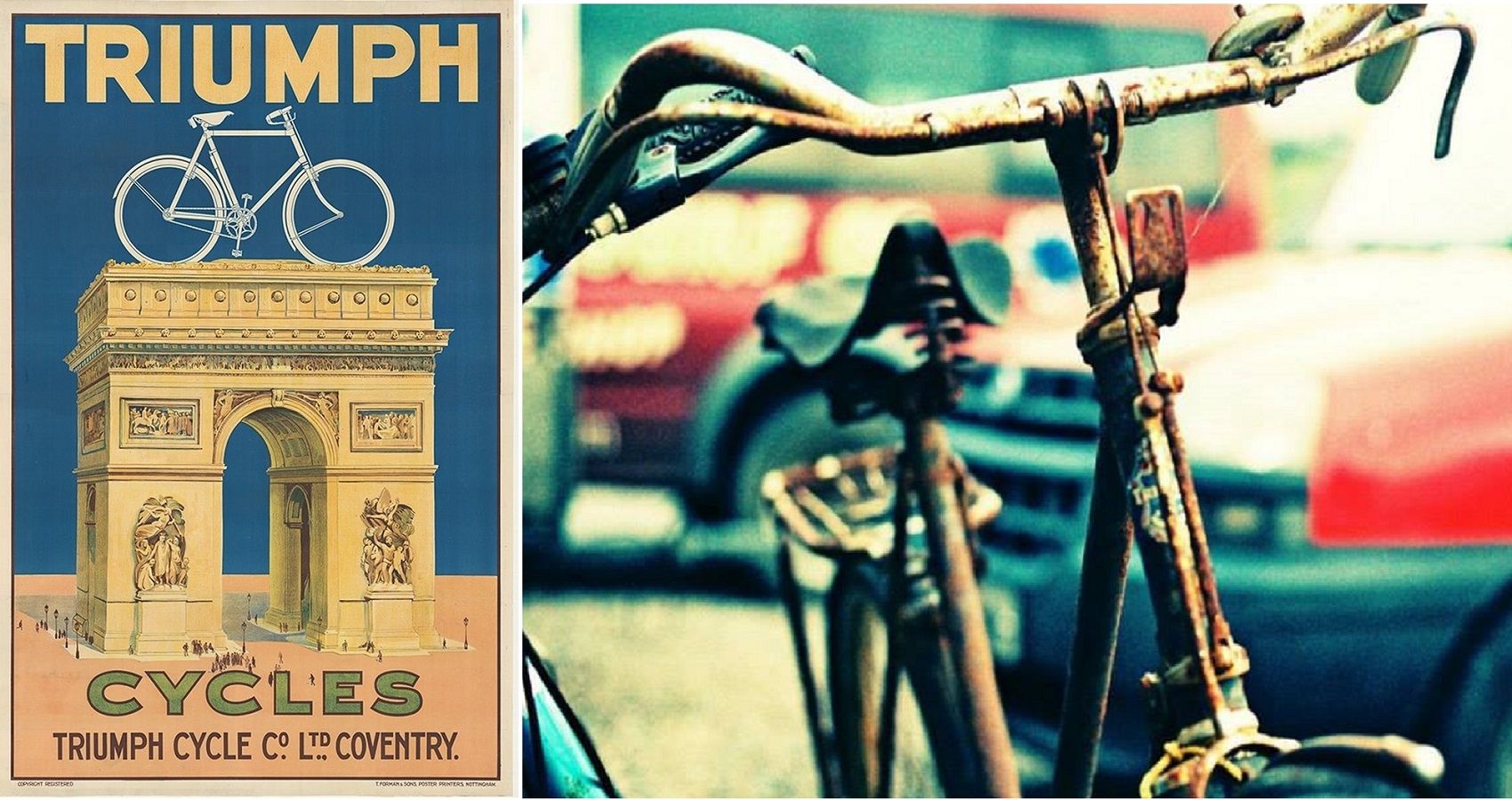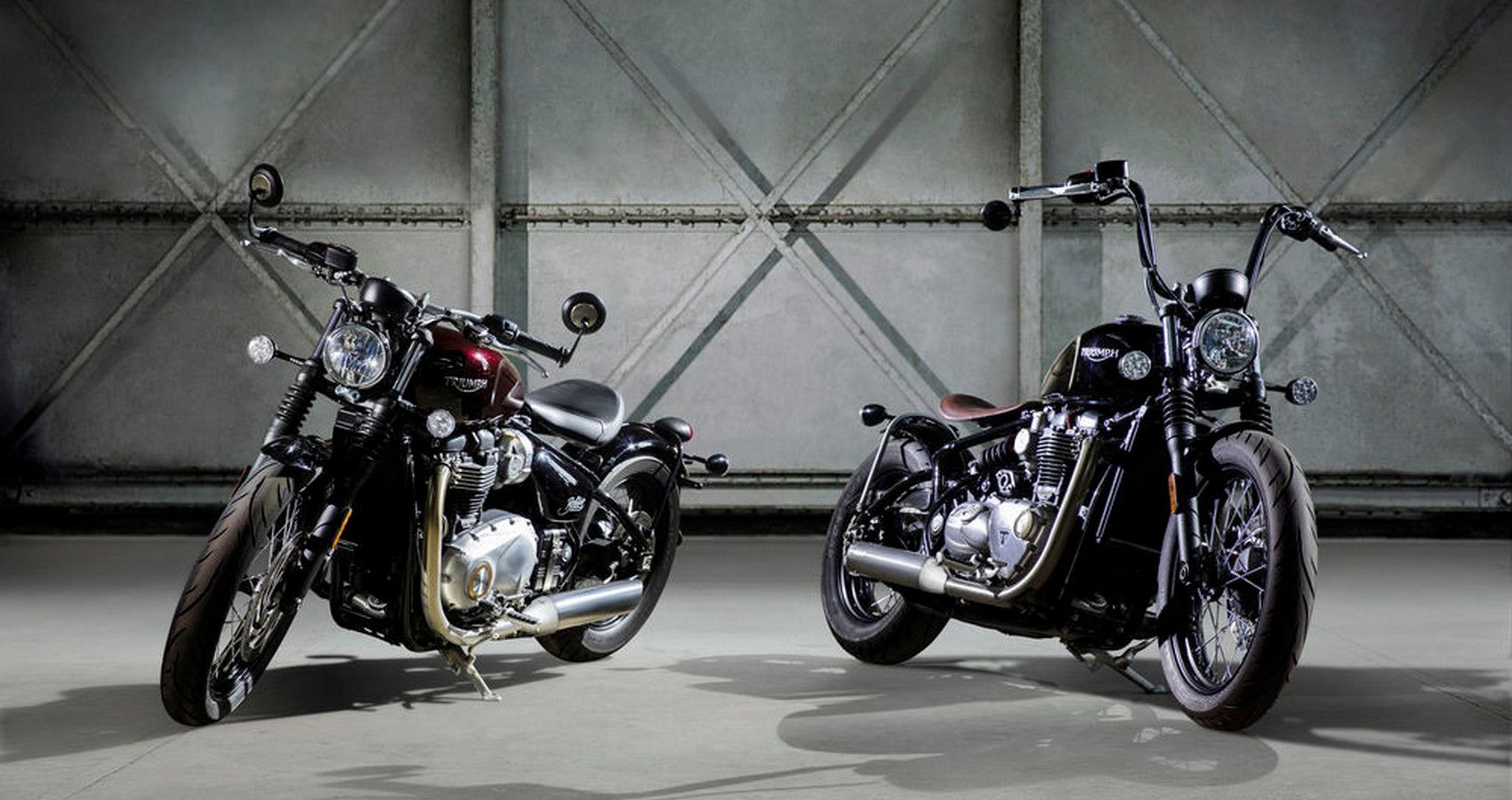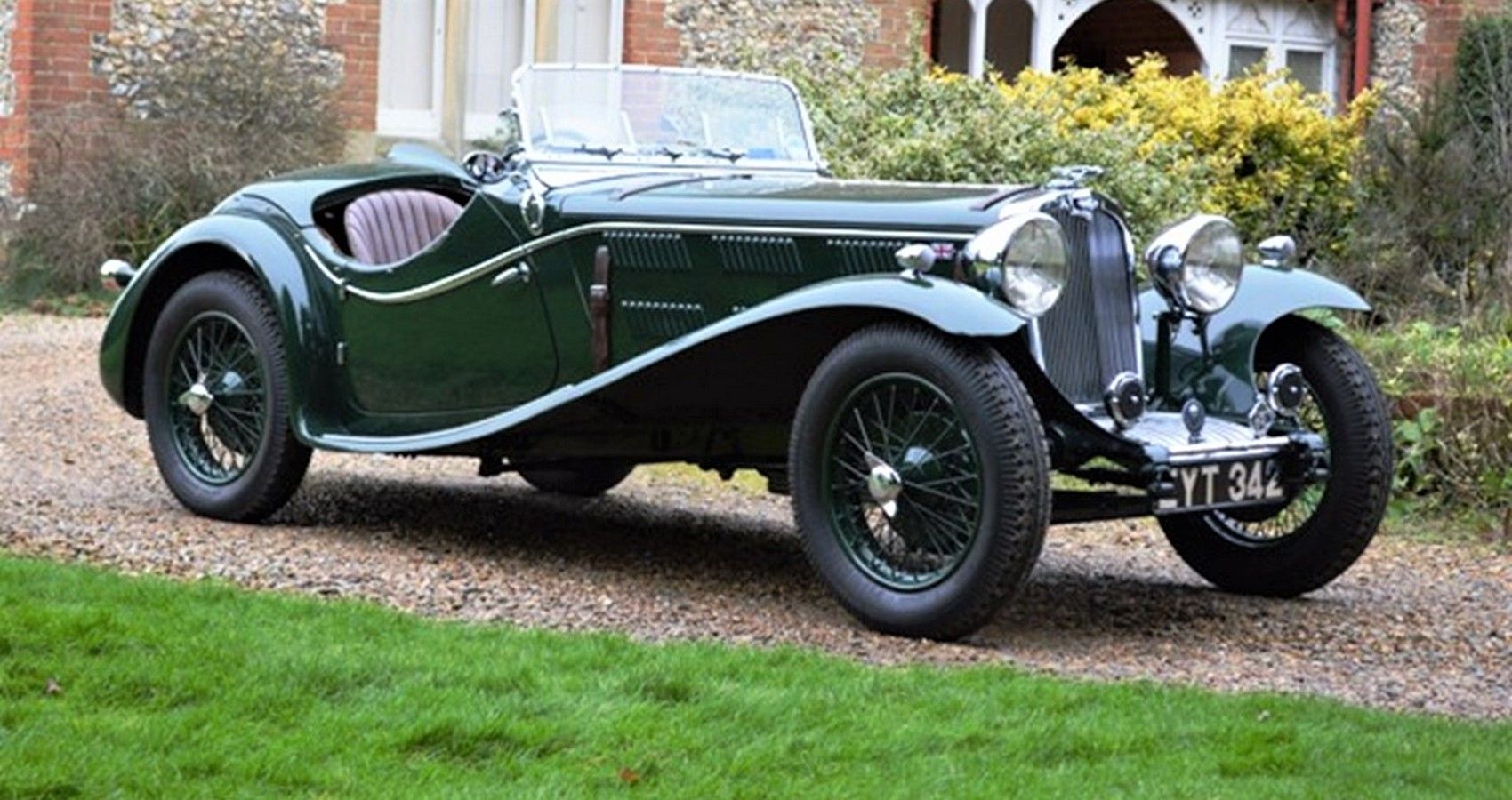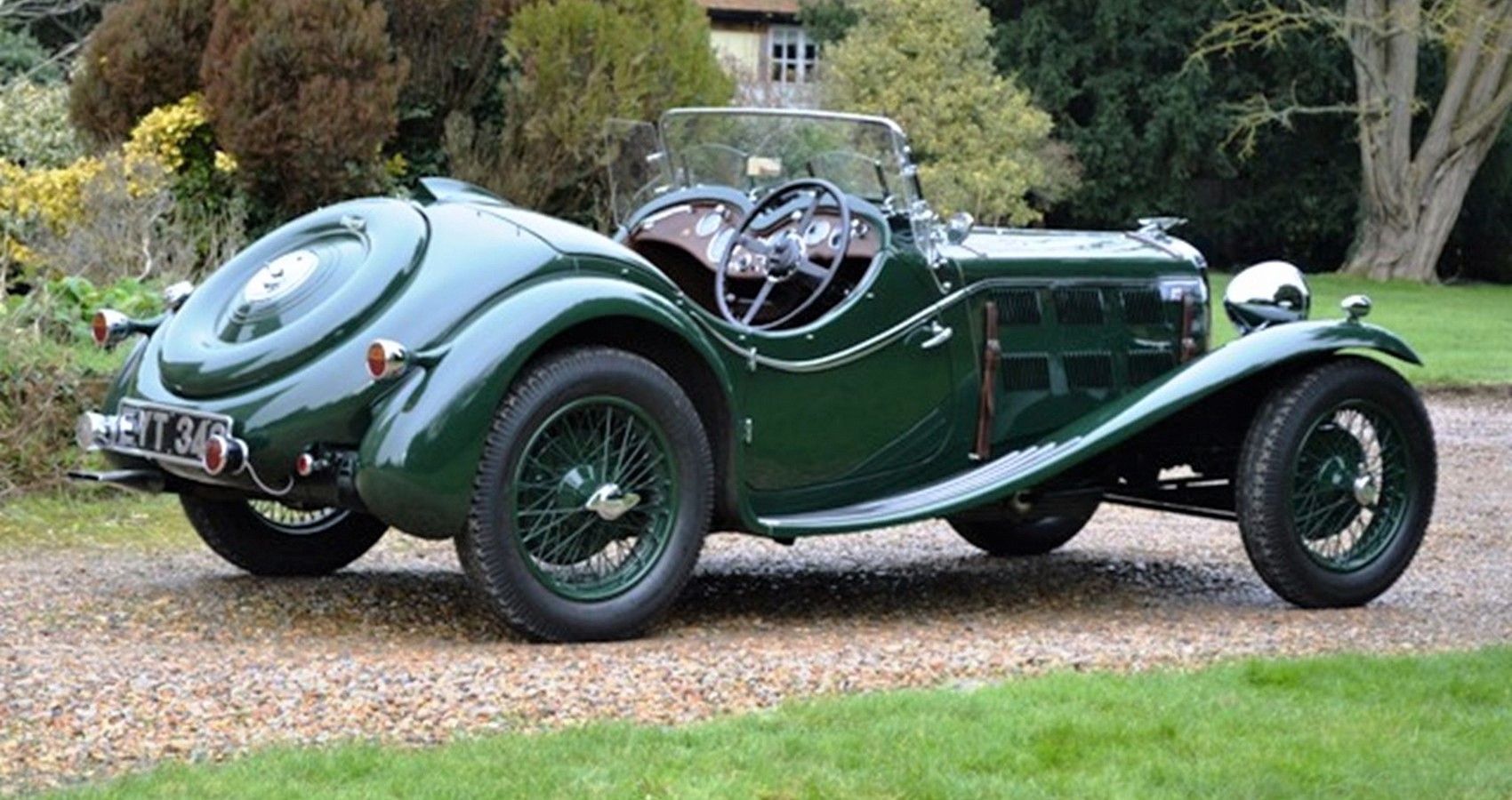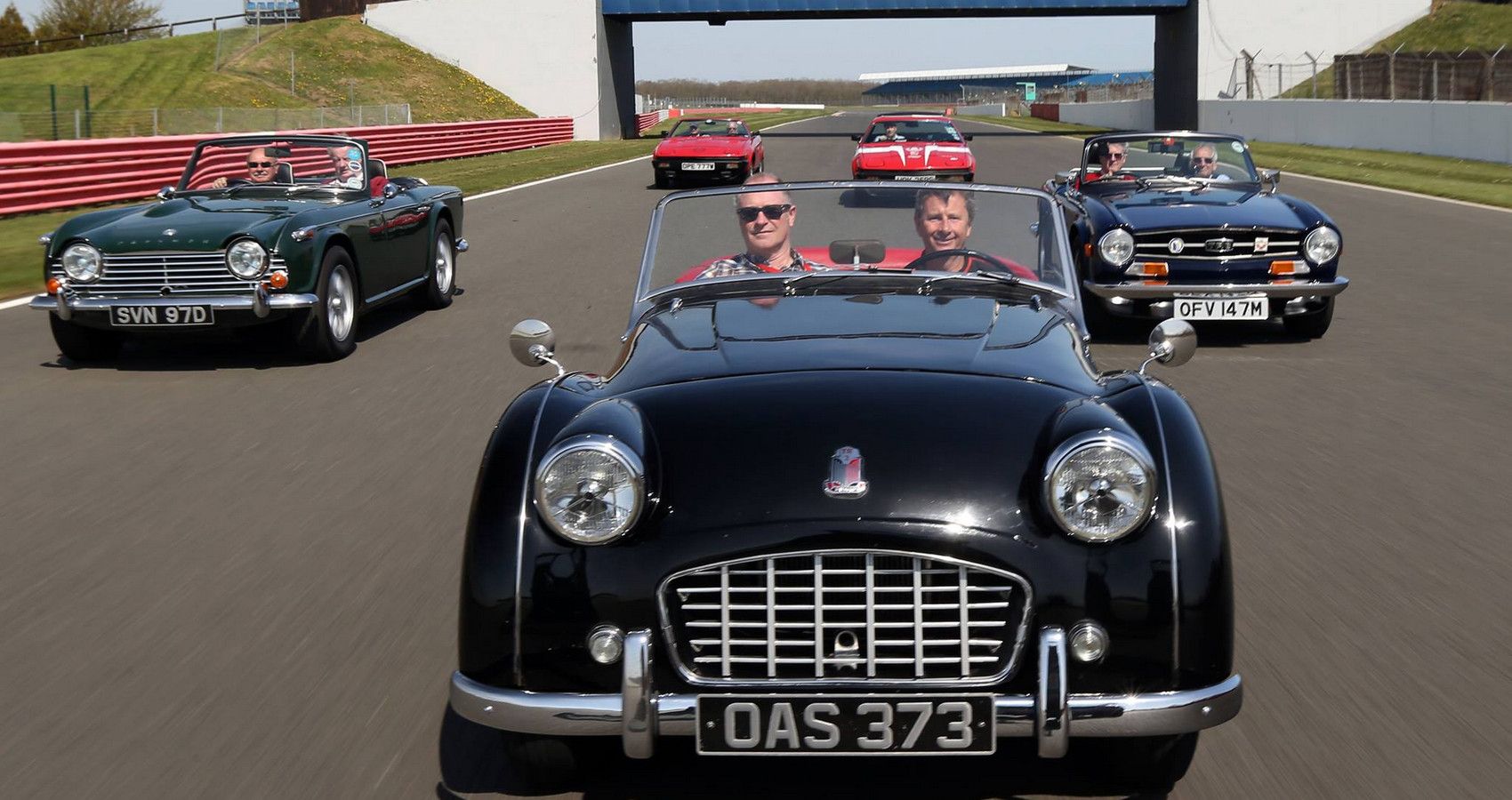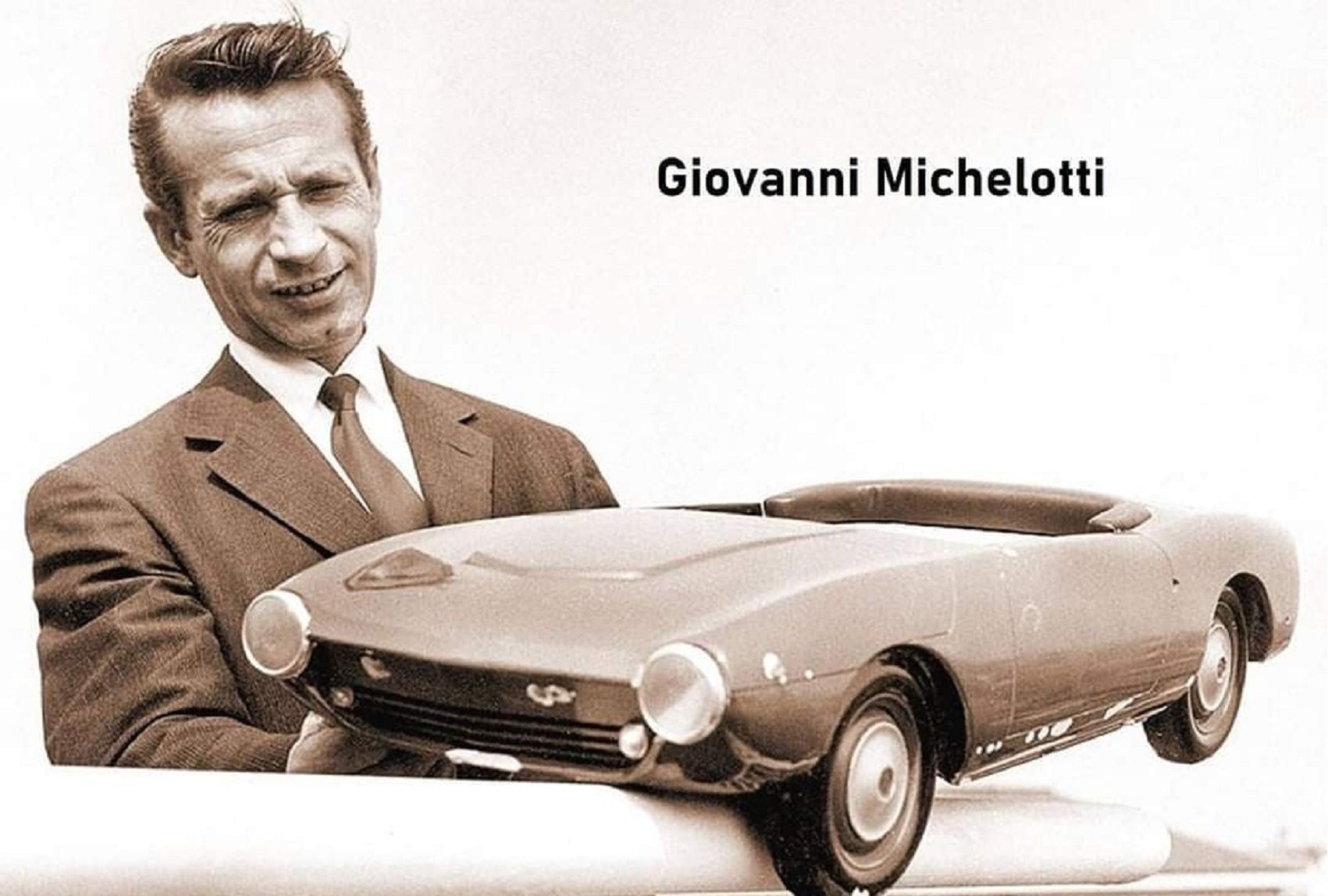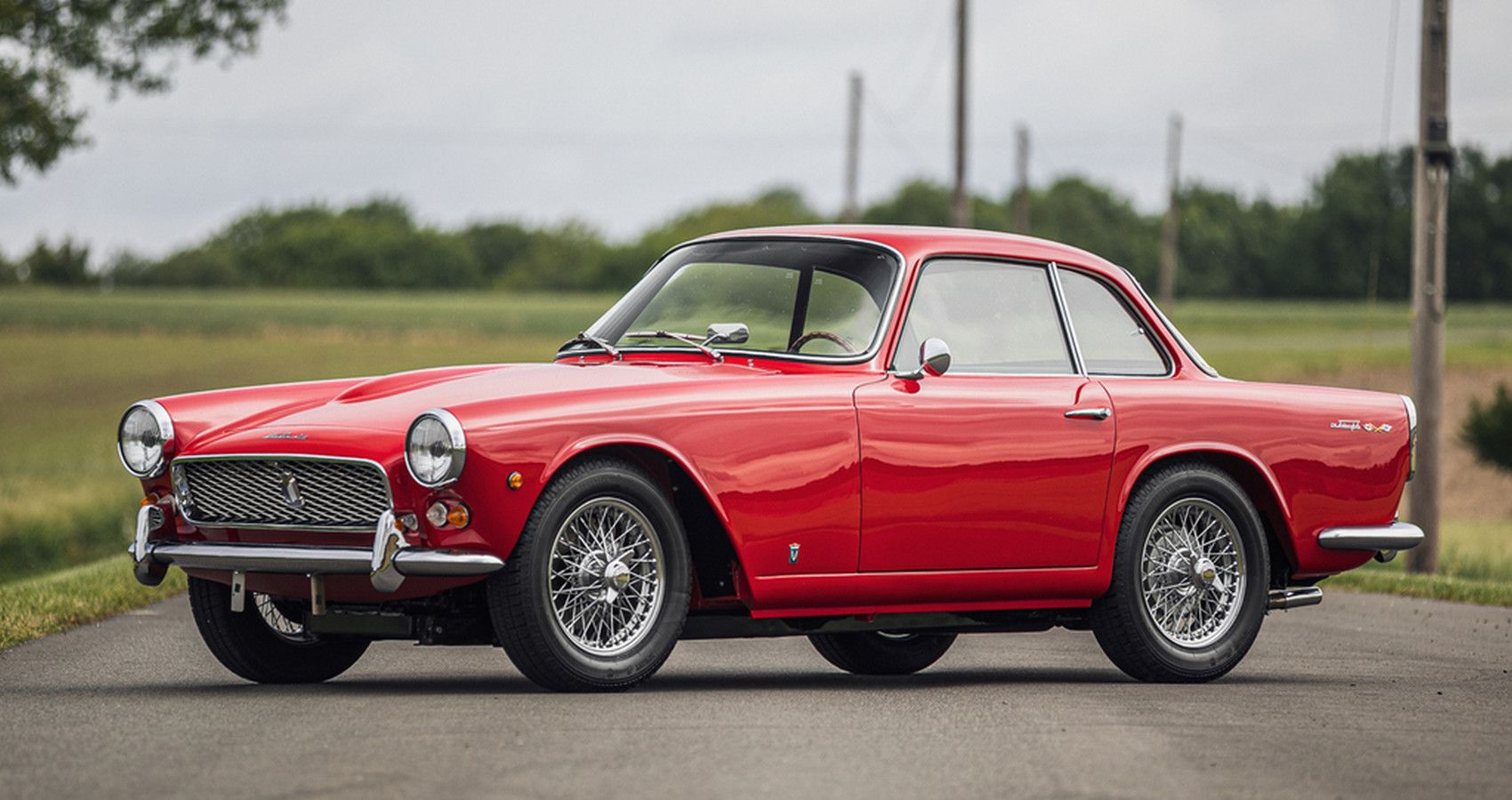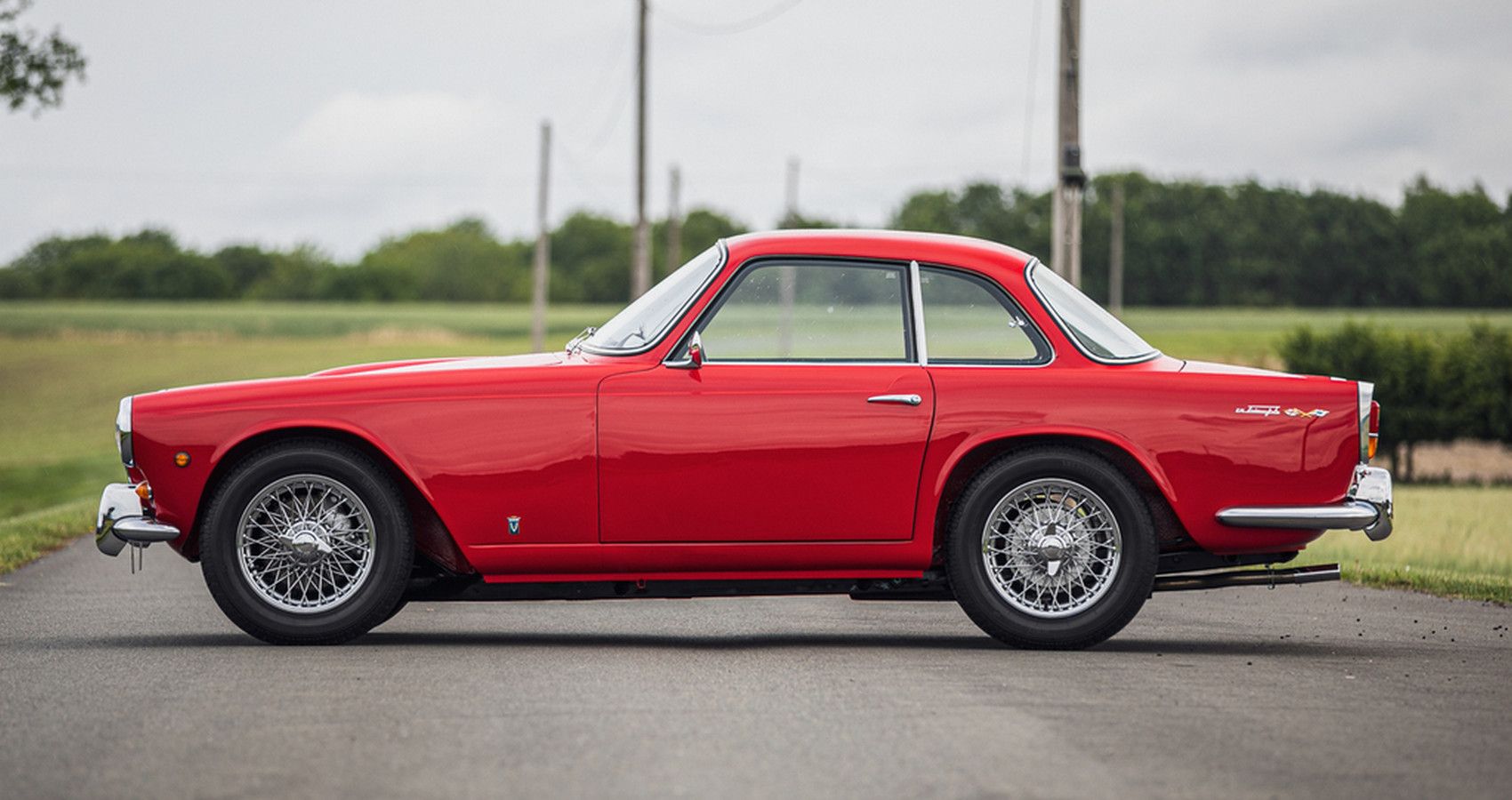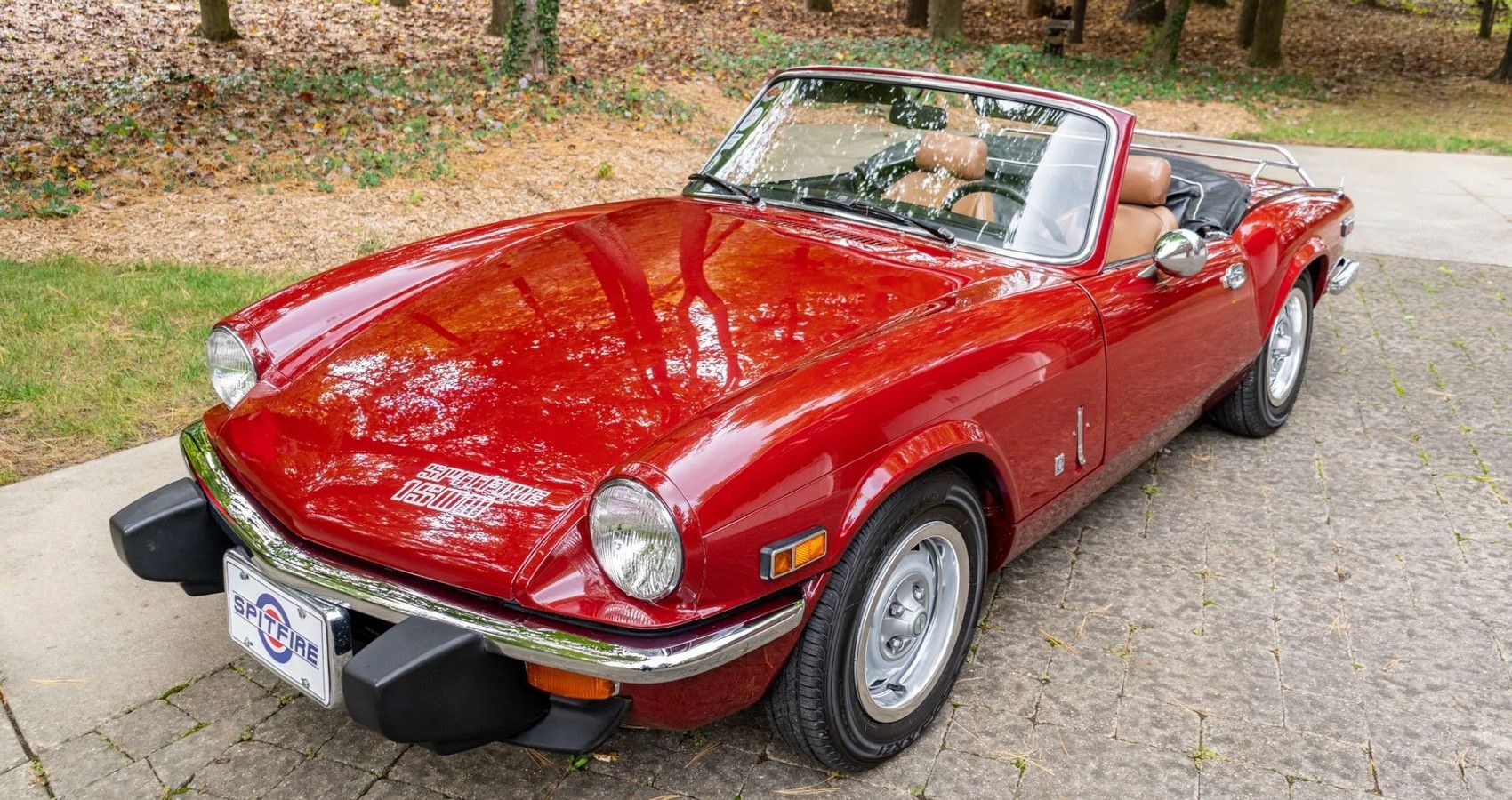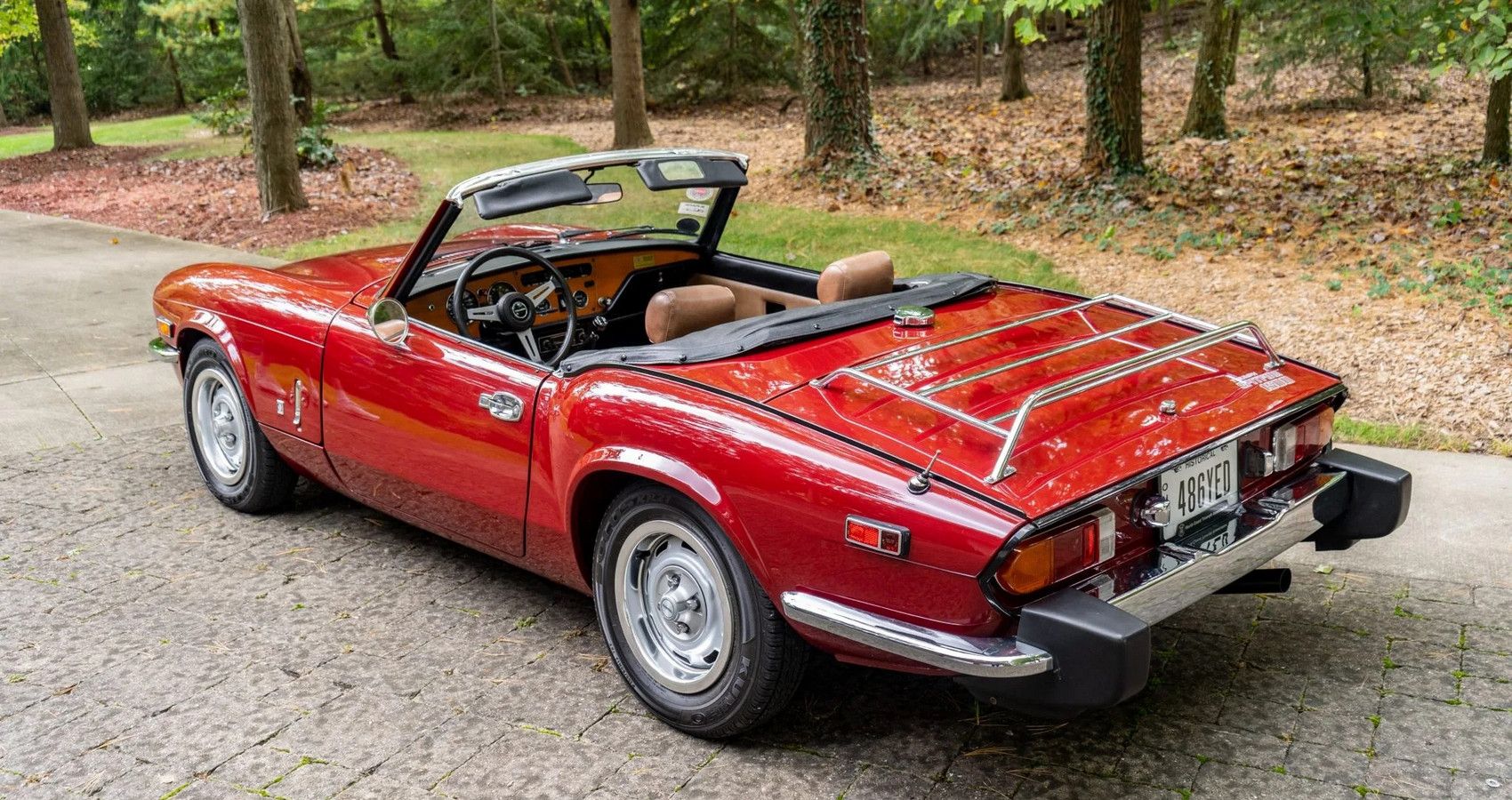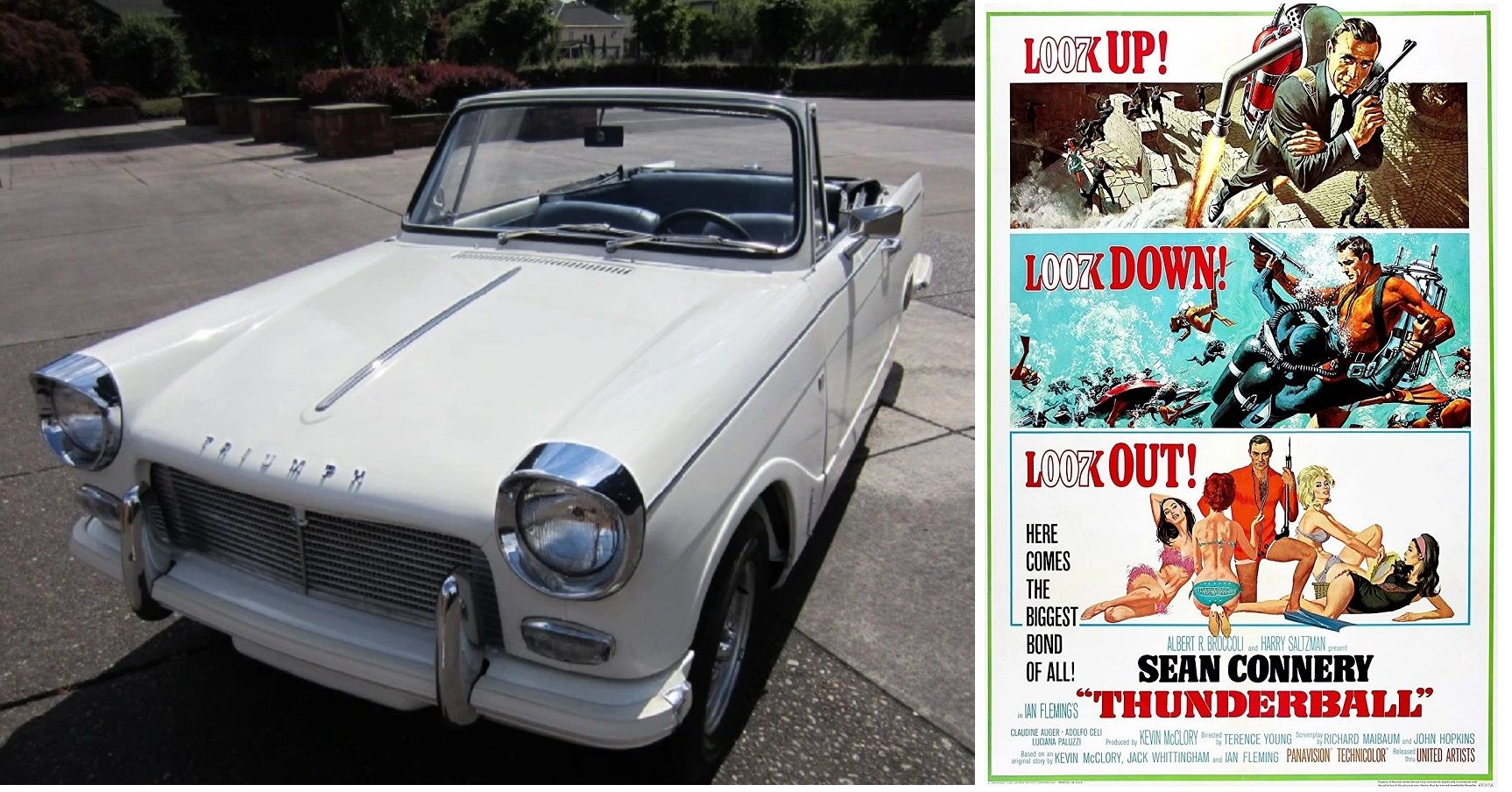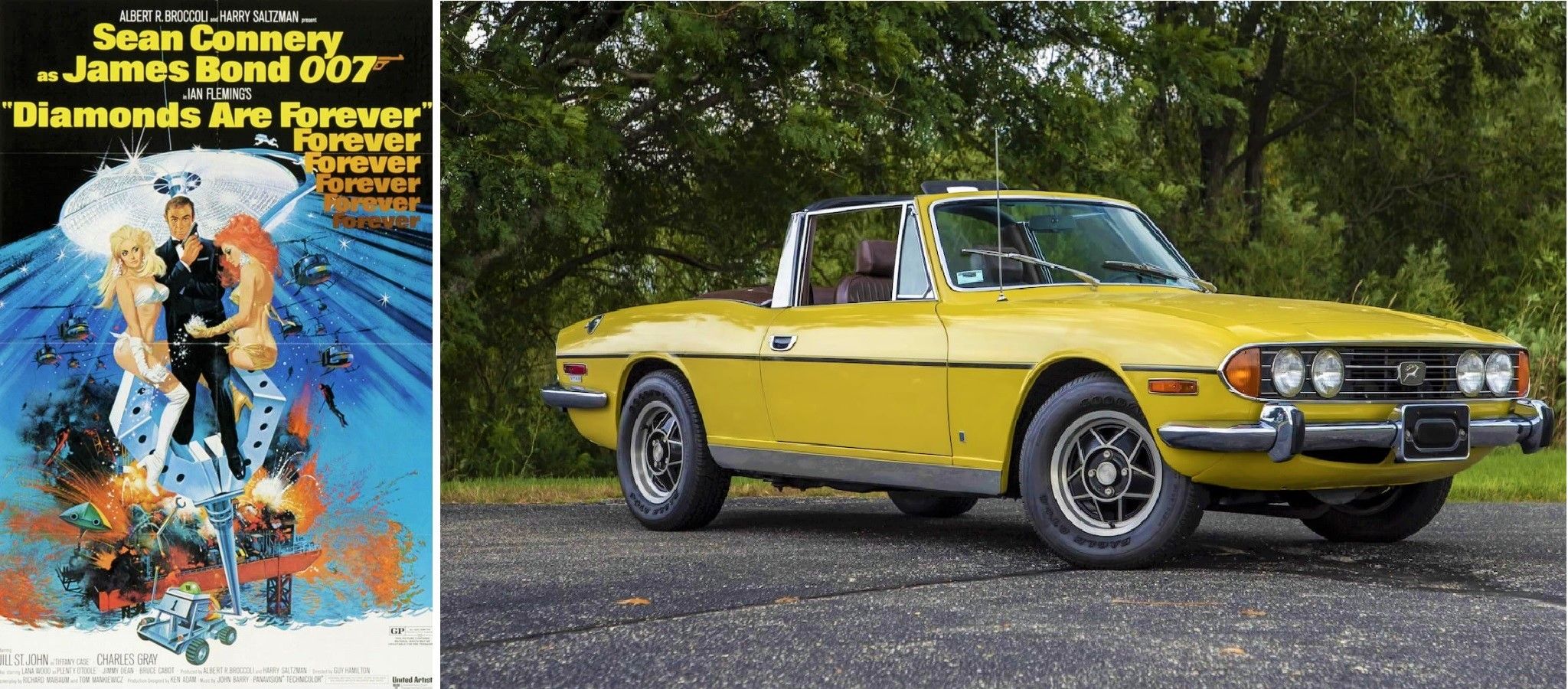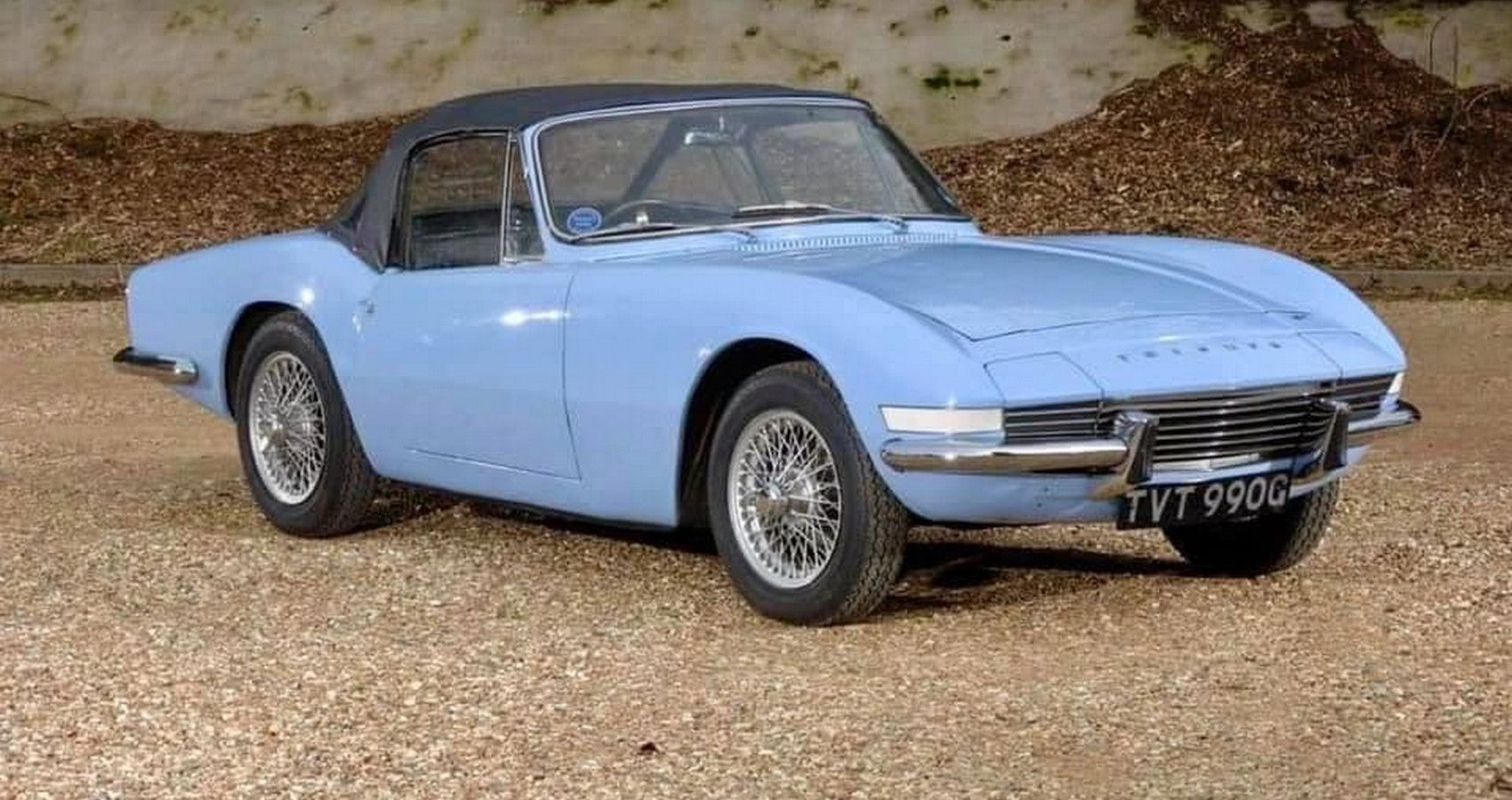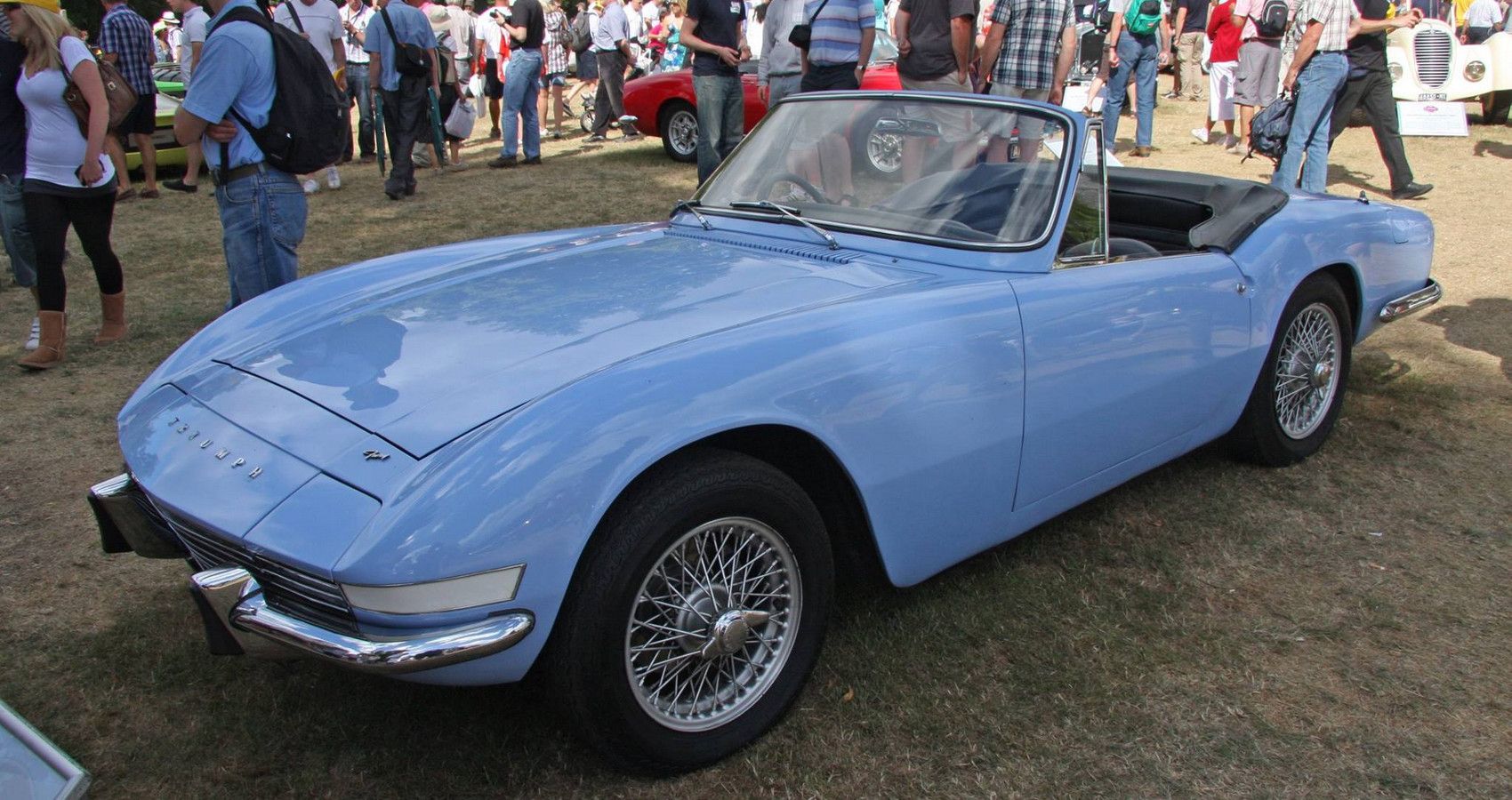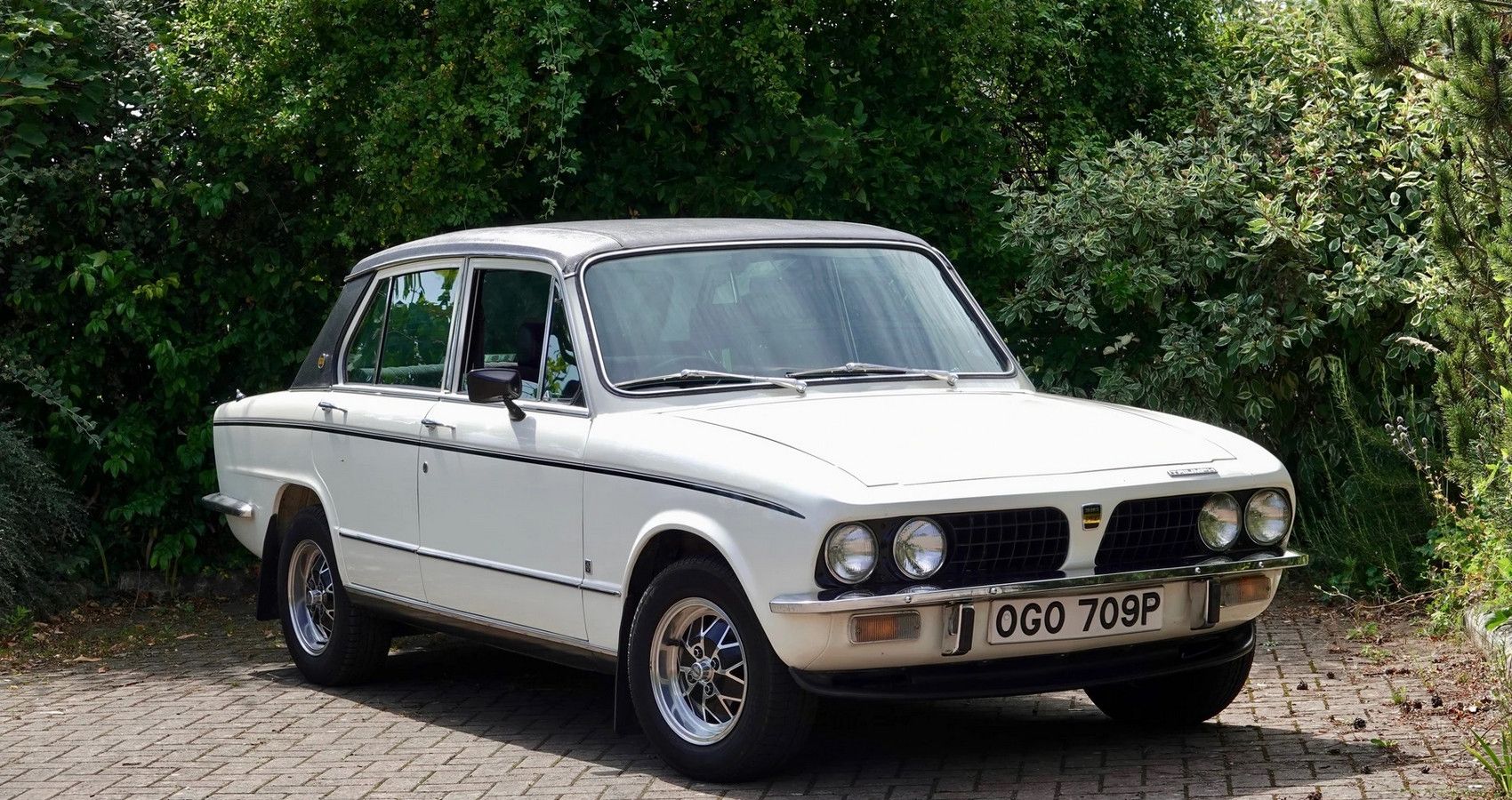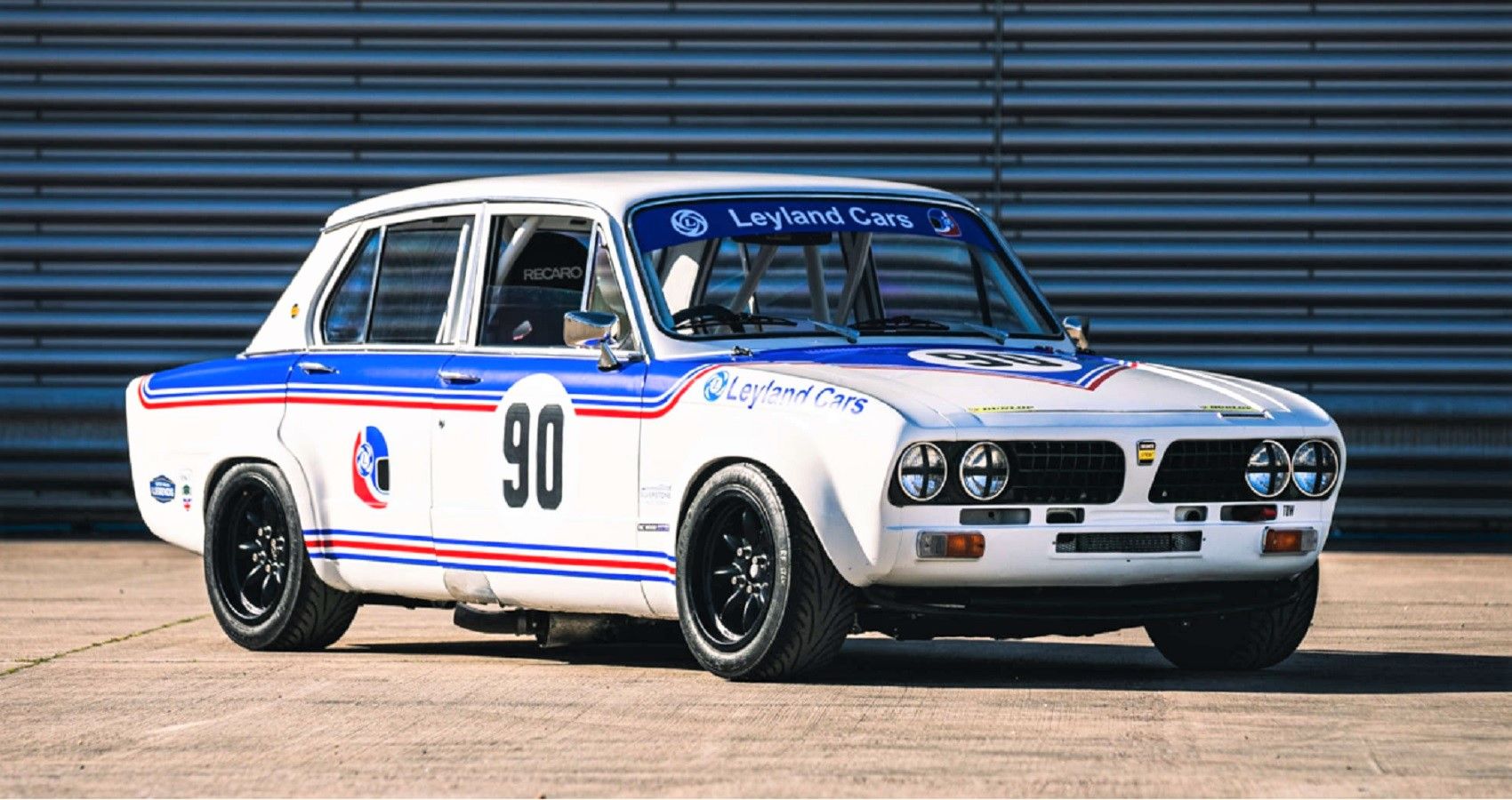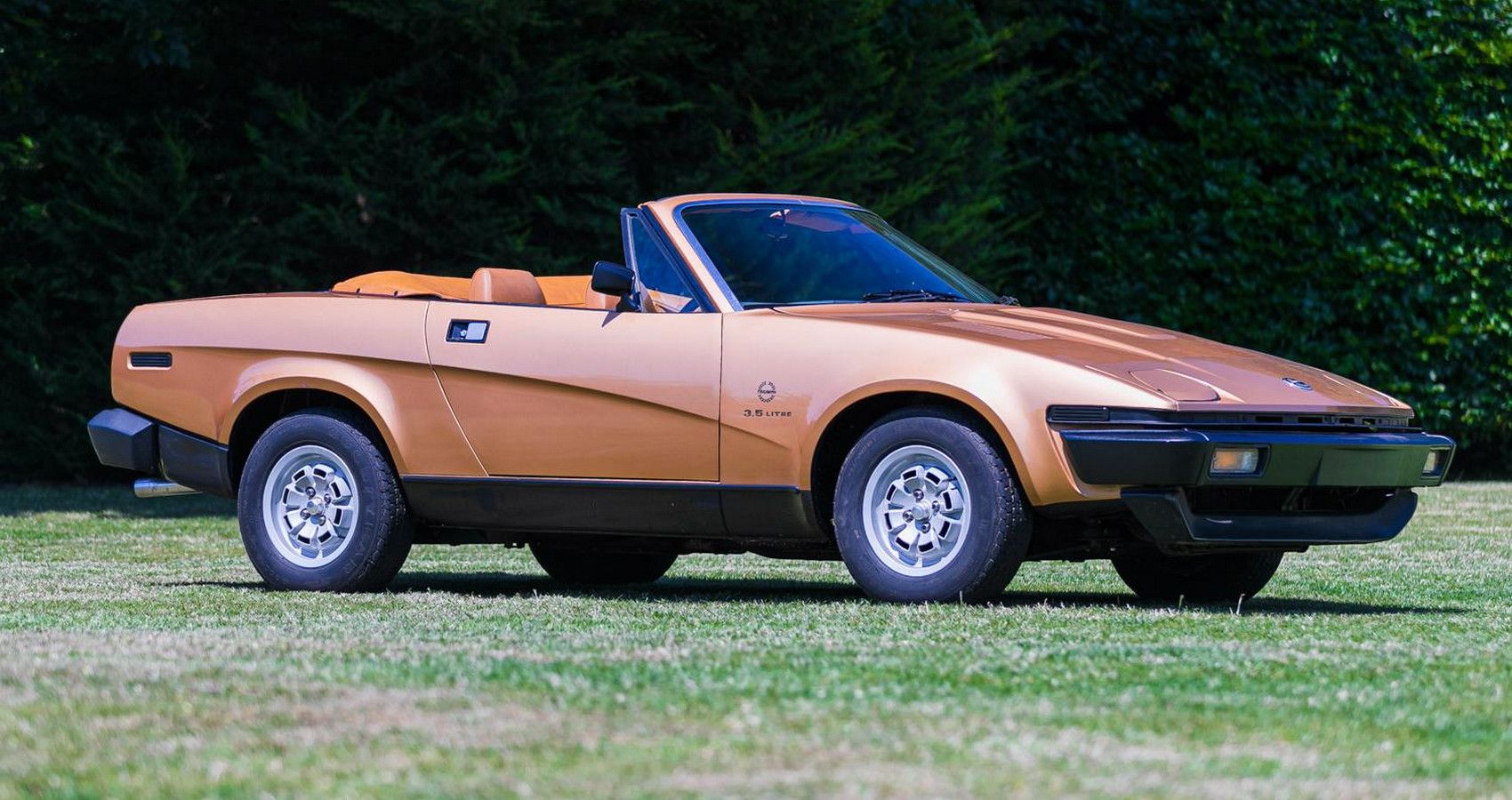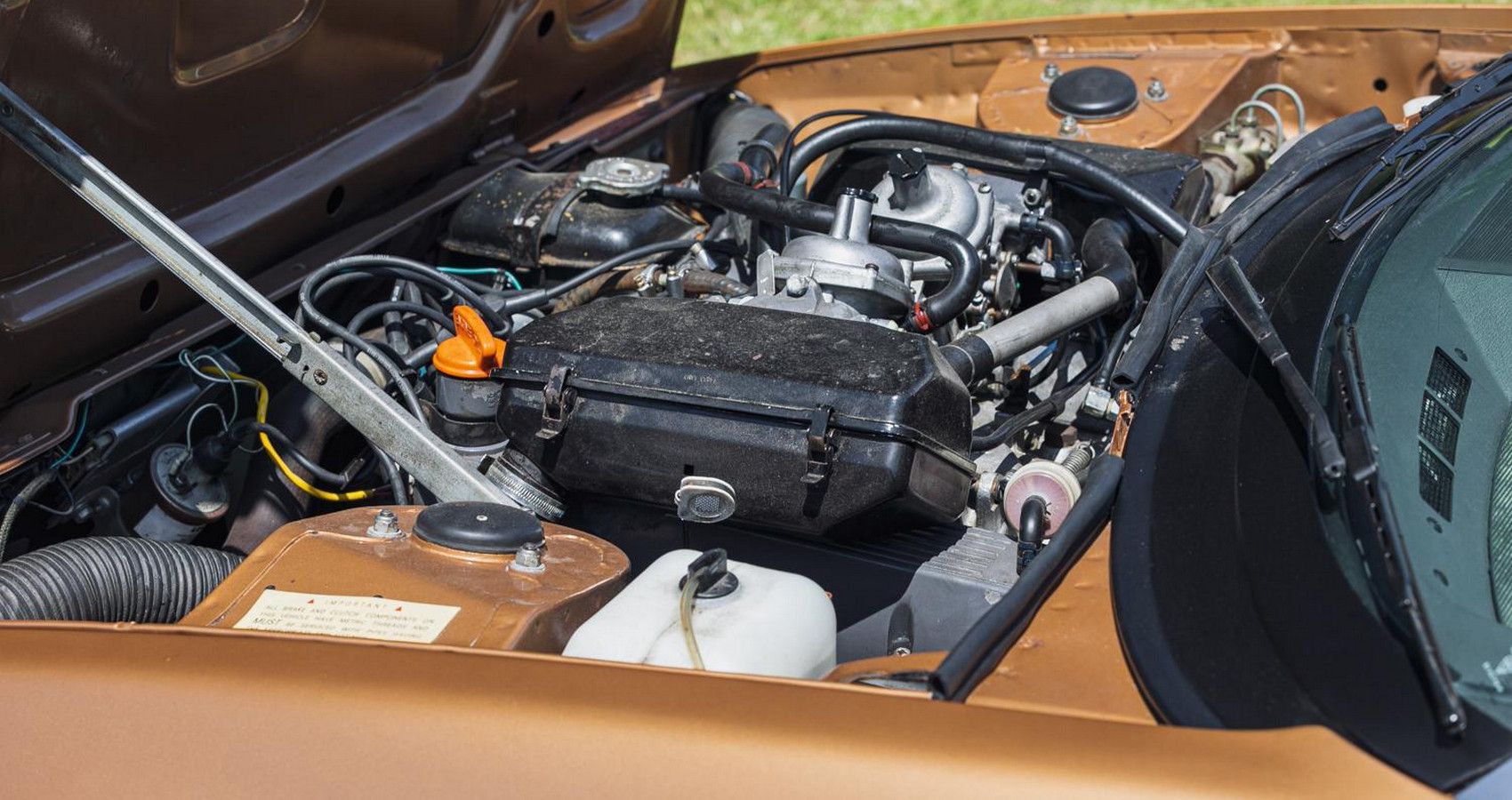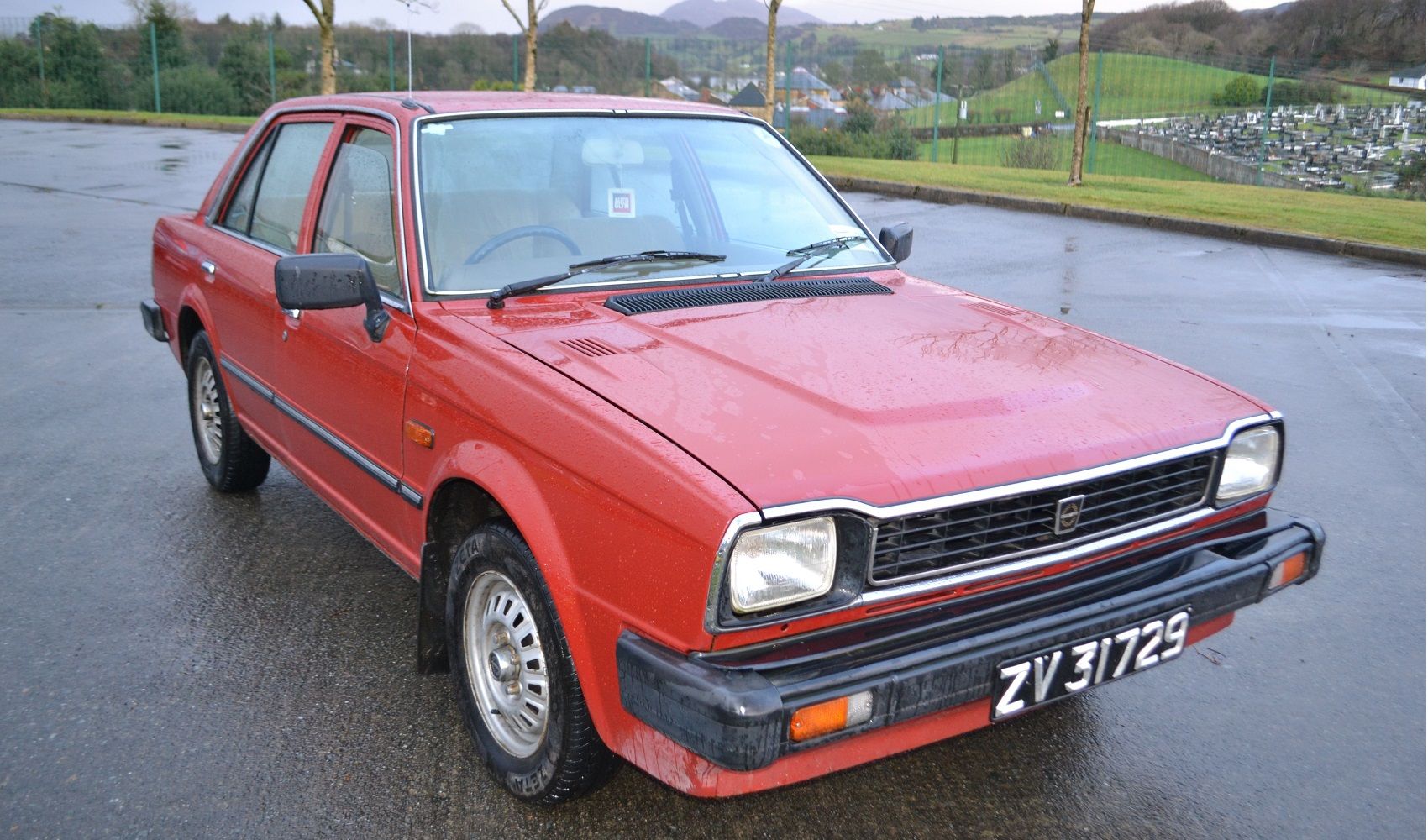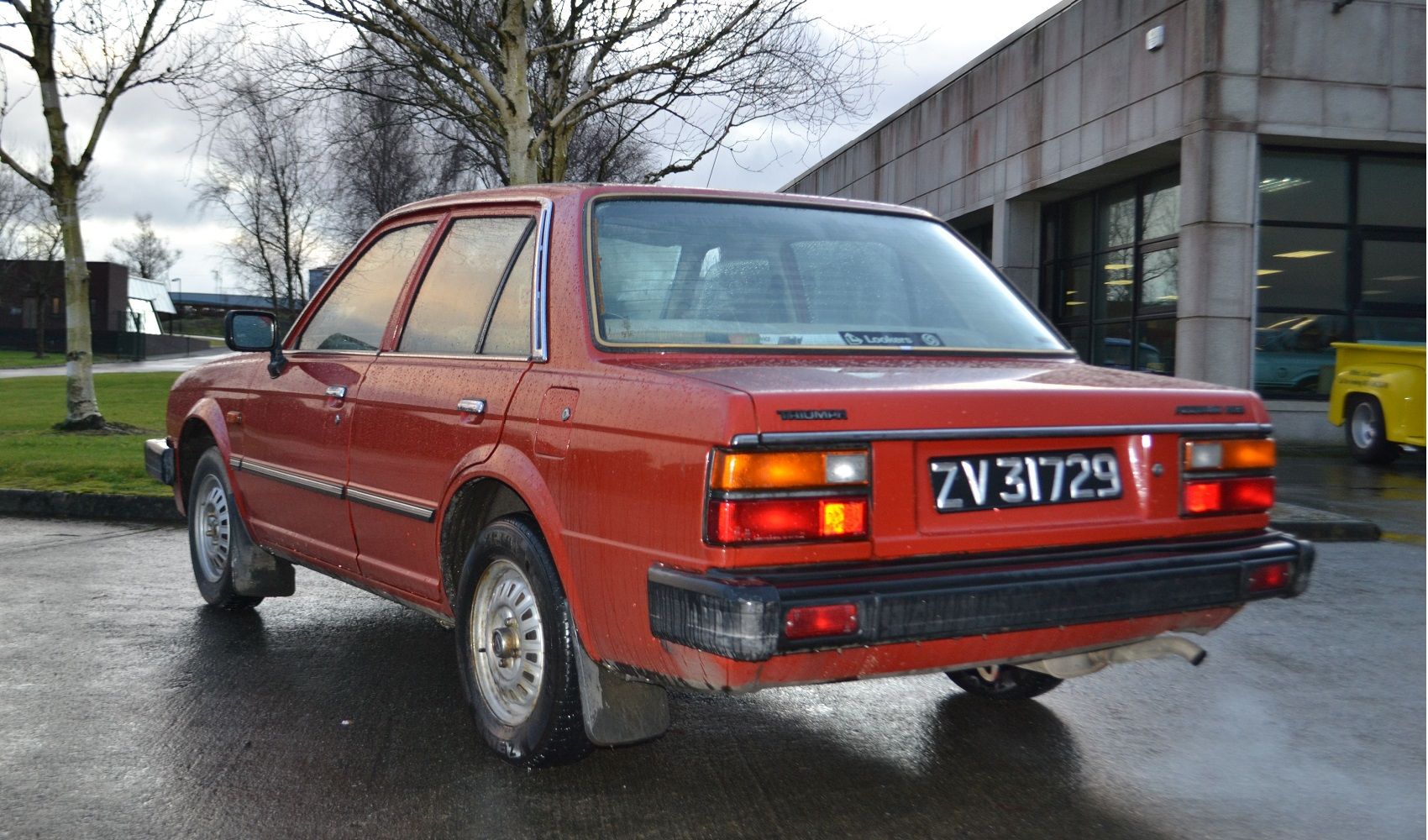A serious contender for the most popular British sports car maker during the Sixties and Seventies, Triumph was both an innovator and market leader.
However, the Triumph name can trace its origins back to the 19th century with a more sedate form of transport. As the brand grew, so did the financial pressures that would beset the company for much of its existence. In later post-war years changes of name and ownership were frequent; Standard Triumph, Leyland, and BMW all stamped their identity on the brand.
Triumphs dogged survivability resulted in the first serious drivers' car. The TR2 from 1953 benefiting from experience built on a sturdy ladder chassis fitted with coil springs was a revelation. Sadly, as competition caught up, Triumph was unable to keep pace, leading to a run of woefully under-engineered cars that included the Triumph TR7, and Stag.
10 Triumph Beginnings - Two Wheels, Not Four
Classic car enthusiast favorite Triumph Motor Company was founded in 1995. The UK brand widely recognized in classic car circles, however, didn't produce its first car until 1937. In the early years Triumph concentrated its efforts on two-wheels, first as a bicycle importer and then a manufacturer.
A bleak financial situation forced the sale of both the bicycle and burgeoning motorcycle business, the latter the only survivor to this day under the Triumph name. The Triumph Motor Company filed for bankruptcy in 1939, suffering a terminal blow the following year at the hands of the Luftwaffe.
9 Prewar Promise - Triumph Dolomite
Prior to the destruction of the Holbrook Lane site, Trump's first production car showed considerable promise. The Dolomite appeared in two body styles. A coupe/sedan under the 14/60 model designation with an open topped two-seater simply referred to as the Roadster.
Aside from a cropped body and soft-top, the Roadster benefited from a tweaked drivetrain. The existing four-cylinder remained physically unchanged save for a small increase in compression bumping output to 65 hp. Surprisingly for a small open-topped sports car, the Roadster could at a pinch seat three on a single bench seat.
8 British Engineering - Italian Flair
Quintessentially British flaws included, the Triumph name is a popular among classic car collectors. However, the enduring appeal of open-topped sportscars doesn't just belong to the UK carmaker. Every model from 1959 onwards except the TR6, TR7 and Acclaim owes its good looks to one man.
Among the notable highs of Italian car designers, Giovanni Michelotti is a name most gearheads won't have heard of. But dig a little deeper, and the sheer number of brands and models attributed to Michelotti is staggering. Ticking off a who's who of car marques, Alfa Romeo, Ferrari, Maserati, and Lancia all employed Michelottis talent at one time or another.
7 Rare Thoroughbred - Vignale Bodied Triumph Italia
Serving as further proof of Michelottis genius, the rare Triumph Italia combines British engineering with a Ferrari-esque coupe body. In total, just 330 examples were produced, each built over the TR3s chassis and running gear. In reality, the Italia is a showpiece rather than a serious contender for Ferrari customers.
Under the hood cheap to run and maintain, the 2.0-liter straight four-cylinder engine cranked out 100 hp. The Italia, both lighter and more powerful than the earlier Dolomite could reach 60 mph in 12-seconds and topped out at 110 mph.
6 Huge Sales Success - Triumph Spitfire
The Spitfire name stuck around from 1962-1980 over five generations accounting for almost 314,000 unit sales. By contrast, the E-Type, Britain's most famous sports car, sold a little over 18,000 cars.
Engineering done on the cheap was key to the Spitfires success. Beneath the Michelotti-designed two-seater bodywork was the rather more humble chassis and borrowed for the Herald. A simple ladder and body construction allowed Triumph to sell in large numbers at lower prices. As for the engine, another tweaked Standard SC motor ranging from a 1.2- to 1.5-liter displacement.
5 Bond, James Bond - Heralds And Stags
Every gearhead associates James Bond with Aston Martin. Sure, there have been a few gaps where Lotus and BMW stole the show. But our favorite secret agent movie franchise has a long history of lesser cars to his name. Making its first of two Bond appearances in the 1962 smash hit Dr. No, followed up by Thunderball in 1965.
Sean Connery for generations of gearheads and James Bond fans will always be the best. However, the coolest secret agent, also has a few blemishes on his driving record. Premiering in 1971, Diamonds Are Forever had Bond behind the wheel of a Triumph Stag. Widely known for its temperamental running and overheating, we're surprised Bond kept up the chase.
4 Untapped Potential - Triumph Fury
Ahead of its time for Triumph, the Fury prototype was a sign of better things to come. Sadly for the Michelotti-designed pop-head light-adorned two-seater Triumph under Leyland Motors control shunned the brand's first monocoque design and stayed loyal to a separate body on frame platform.
In place of a new, stiffer, all-in-one chassis design promising the possibility of either a straight six or a 3-liter V8 Triumph execs refused to invest in the new tooling required and rolled out the TR5. Another popular, but much cheaper to build body-on frame sports car.
3 Mass Produced Multi-Valve Engine Pioneer - Triumph Dolomite Sprint
In 1972, Triumph resurrected the Dolomite name used this time around for a range of four-door sedans. Originally intended to face off against the BMW 2002 and Fords Cortina. In reality, the Dolomite despite a 1.85-liter four-cylinder engine upfront cranking out 91 hp lacked performance.
A performance fix wasn't long in coming the Dolomite Sprint arrived later the same year with an enlarged 2.0-liter engine. Depending on DIN or SAE figures, the Sprint boasted 135-150 hp, dramatically improving performance. The gains, however, were not just due to a minor bump in displacement. Triumph had created the first mass-produced multi-valve per cylinder engine.
2 Reinventing The Wedge - Triumph TR8
The most famous of British-built sportscars gearheads love to hate the TR7 is a legend for all the wrong reasons. If we're brutally honest, the TR7 wasn't a badly designed car. It had all the right ingredients for a decent two-seater coupe, and later appeared in roadster form too. However, Triumph under British Leyland ownership struggled to assemble the TR7 correctly. Adding further insult to injury, Triumph reverted to the older 8-valve engine.
For one year only in 1977-'78, and aimed at the US market Triumph fitted a 135 hp 3.5-liter Rover V8 under the hood. A combination of a high pound to dollar exchange rate along with Triumphs shocking build quality finally put paid to the improved wedge.
1 Badge Engineered Parting Shot - Triumph Acclaim
Ever since the dark days of British Leyland directorship Triumph had been on a downward spiral. Reliability and build was a recurring concern among gearheads. One that if Triumph was to survive, it needed fixing fast.
The remedy came from an unlikely source with mixed blessings. The 1981 Triumph Acclaim built under license in the UK, was a badge-engineered front-wheel drive Honda. Improved reliability came at the expense of dreariness, boring to look at, and boring to drive. Understandably Triumph shut up shop in 1984. The Triumph story doesn't end there. As part of the BMW takeover of Rover, the German carmaker acquired and still retains the rights to the Triumph name.

